Contents
I’ll be real with you. The first time I tried making macarons, I nearly cried. I followed a “foolproof” recipe online, prepped everything meticulously, and even bought one of those silicone mats with the little circles. The result? Flat, sticky pancakes with no feet and cracked tops. And yet, despite the chaos, I was hooked.
There’s something oddly addictive about chasing the perfect macaron. Maybe it’s their delicate beauty, or the precise technique required, or the endless possibilities of flavor combinations. Whatever it is, I’ve been baking macarons at home for a few years now. I’ve had good batches, terrible ones, and some truly glorious successes.
This guide is everything I’ve learned—through research, trial, error, and far too many hours spent squinting into my oven. If you’ve ever looked at these colorful French cookies and thought, “Could I make those?” the answer is yes. And I’m going to show you how 💪
🥄 What exactly is a macaron, and why are they so tricky?
Before diving into the how-to, let’s clear something up: macarons are not macaroons. (Yes, people confuse them all the time.)
- Macarons = light, airy sandwich cookies made with almond flour, meringue, and sweet fillings
- Macaroons = chewy coconut blobs dipped in chocolate. Totally different vibe.
Macarons are delicate little cookies that require precision. They’re finicky. The humidity in your kitchen, how long you whip the egg whites, how you fold your batter—it all affects the final result.
They’re not hard, per se… but they’re unforgiving. Skip one step or rush the process, and they’ll let you know 😬
But once you nail it, there’s nothing quite like a homemade macaron. Crisp on the outside, chewy on the inside, filled with rich ganache or tangy jam—it’s like a bite-sized masterpiece.
🧾 Ingredients: don’t overthink, but do choose wisely
Even though the ingredient list is short, don’t let that fool you—each one matters more than you think. Here’s how I pick my go-to macaron ingredients, and why quality matters.
🌰 Almond flour (not almond meal!)
Almond flour is the backbone of your shells. You want super fine, blanched almond flour—no skins, no chunks, just powdery soft texture. If your flour feels coarse, throw it in a food processor for a few pulses, then sift it. Twice.
👉 Pro tip: I store my almond flour in the fridge because the oils in almonds can go rancid surprisingly fast. And once it smells funky, it’s game over.
🍚 Powdered sugar: not just for sweetness
Powdered sugar (also called icing sugar or confectioners’ sugar) gets mixed with almond flour. It doesn’t just sweeten; it helps create that velvety texture in the shell.
Some recipes call for sifting this mix two or three times. I usually sift once aggressively—and if I’m feeling perfectionist, I’ll go for a second pass. It really does make a difference.
🍳 Egg whites: the science bit
This is where things get a little nerdy 🧪. Egg whites are whipped into a stiff, glossy meringue that gives macarons their lift and structure.
Some folks swear by “aging” the egg whites—letting them sit uncovered in the fridge for 24–48 hours. I’ve tried both aged and fresh whites, and honestly, aged ones tend to behave better (especially if your kitchen is humid).
Let them come to room temp before using. Cold egg whites don’t whip as nicely, and that can affect everything that comes after.
🍬 Granulated sugar – the stabilizer
While whipping the egg whites, you’ll slowly add in granulated sugar to stabilize the meringue. Don’t dump it in all at once—go slow, one spoon at a time, and let it dissolve fully.
White sugar is best here. Raw or brown sugar adds moisture and can mess with the texture.
🎨 Food coloring – if you want that instagram moment
You don’t need to color your macarons. But let’s face it: colorful shells are part of the fun 😍
Stick to gel or powdered food coloring. Liquid dyes can thin the batter and ruin everything you’ve worked for. Add just a little, mix, and check the color. You can always add more—but you can’t take it out.
👩🍳 The step-by-step process (aka: where most people mess up)
There are a few stages to making macarons. None are technically difficult, but each one comes with a set of potential disasters 😂 Don’t stress. I’ll guide you through it all.
1️⃣ Making the meringue
Start whipping your room-temperature egg whites on medium speed until they look foamy. Then slowly (seriously—sloooowly) start adding your granulated sugar. Crank up the speed and whip until the meringue forms stiff, glossy peaks.
Stiff peaks = the point where you lift the whisk and the meringue stands straight up without flopping.
If it looks dry, grainy, or starts clumping—stop. You’ve overwhipped it. Toss it and start again. I’ve done this more times than I care to admit 😅
2️⃣ Folding it all together (macaronage)
Time to fold in the almond flour and powdered sugar. This step is everything. Fold too little? You’ll get cracked tops. Fold too much? Your shells will spread and bake into sad puddles.
I scrape around the bowl, then press the batter gently against the side. Repeat. You’re looking for a lava-like consistency that slowly flows and settles after 10 seconds.
A lot of people mess up here because they rush it. Be slow. Be zen 🧘
3️⃣ Piping the batter
Scoop your batter into a piping bag fitted with a plain round tip. Pipe evenly sized rounds onto a baking sheet lined with parchment or a silicone mat. I use a printable template underneath to help keep my circles uniform.
After piping, slam the tray on the counter a few times. This gets rid of air bubbles. Then, let the piped shells sit out at room temp until they form a skin. It should feel dry to the touch—this usually takes 30–60 minutes.
No skin = no feet. Trust me.
4️⃣ Baking
Bake your trays one at a time at 300°F (150°C) for about 13–15 minutes. Ovens vary, so you might need to experiment. Some of my best batches came from rotating the tray halfway through.
You’ll know they’re done when the shells have risen with nice “feet” and lift off the parchment cleanly after cooling. Let them cool completely before even thinking about removing them.
🥄 The fun part: fillings!
Now that you’ve nailed the shells (or at least something edible 😅), it’s time to fill them. This is where you can really play with flavors.
🧈 Buttercream basics
Classic, versatile, and super pipeable. Whip soft butter with powdered sugar and a touch of milk or cream. Add vanilla, coffee, citrus zest, fruit extracts—whatever your heart desires.
Want strawberry buttercream? Toss in some freeze-dried strawberry powder. Lemon? Use zest + a bit of juice.
Buttercream is also great for holding shape and keeping things neat.
🍫 Ganache goals
Ganache is pure indulgence. Warm heavy cream, pour over chopped chocolate, stir until smooth, chill slightly, then pipe.
Flavors I love:
- Dark chocolate with sea salt
- White chocolate + raspberry puree
- Milk chocolate + orange zest
- Espresso ganache with a dash of cinnamon
🍓 Fruity fillings & curds
Want something lighter or tangier? Lemon curd, raspberry jam, mango puree… they all work beautifully.
But be careful! Runny fillings can soak into the shell and ruin the texture. I often pipe a ring of buttercream around the edge and spoon jam in the center. It keeps things tidy and gorgeous.
🌿 Unexpected combos
If you’re feeling bold, here are some flavor twists I’ve loved:
- Lavender honey + lemon zest
- Matcha white chocolate
- Coconut + lime
- Earl Grey tea with orange buttercream
- Black sesame with vanilla bean
Macarons are an amazing canvas. Don’t be afraid to experiment.
💭 Final thoughts: don’t chase perfection, chase progress
Real talk? Macarons are not the easiest bake on Earth. But they are one of the most rewarding.
I’ve had batches crack, sink, brown too much, stick to the tray, and once, they all collapsed in the oven and I laughed maniacally like a baking villain 🤷♀️ But every time, I learn something.
If you go into this with curiosity, patience, and a sense of humor, you’ll get better with every batch. And when you finally bite into your first successful macaron—crisp shell, chewy center, luscious filling—it’s magic. Absolute magic ✨

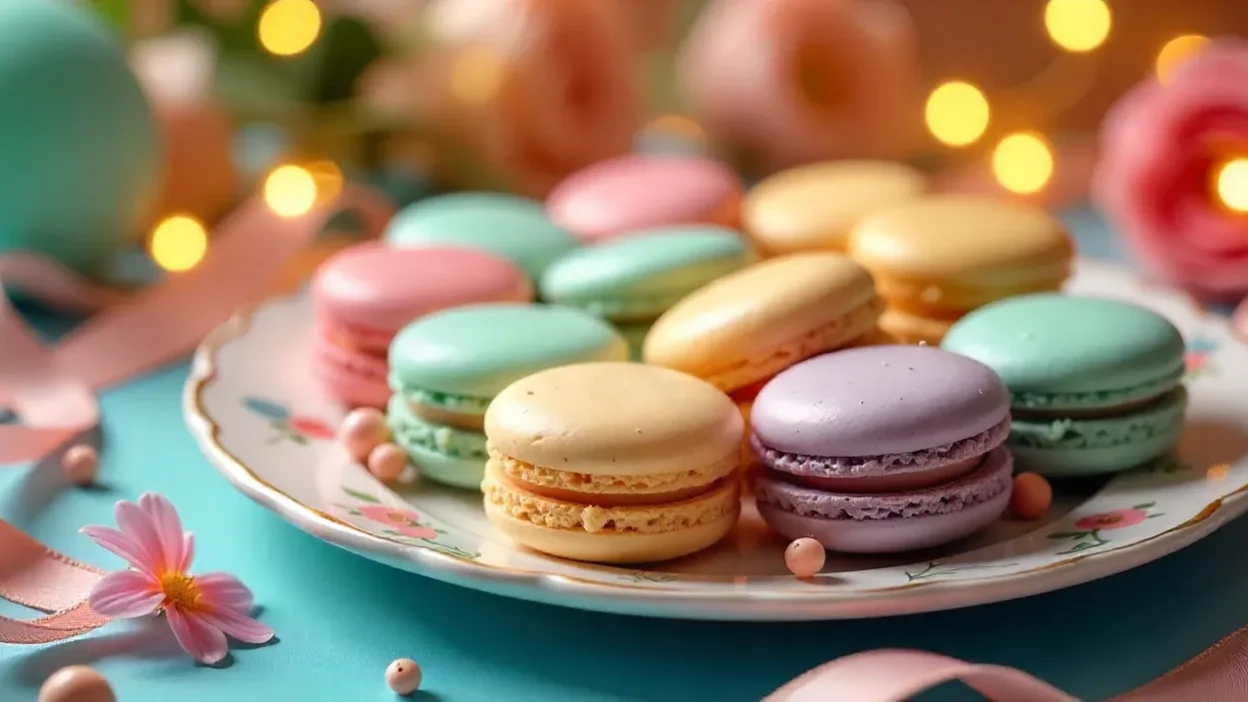
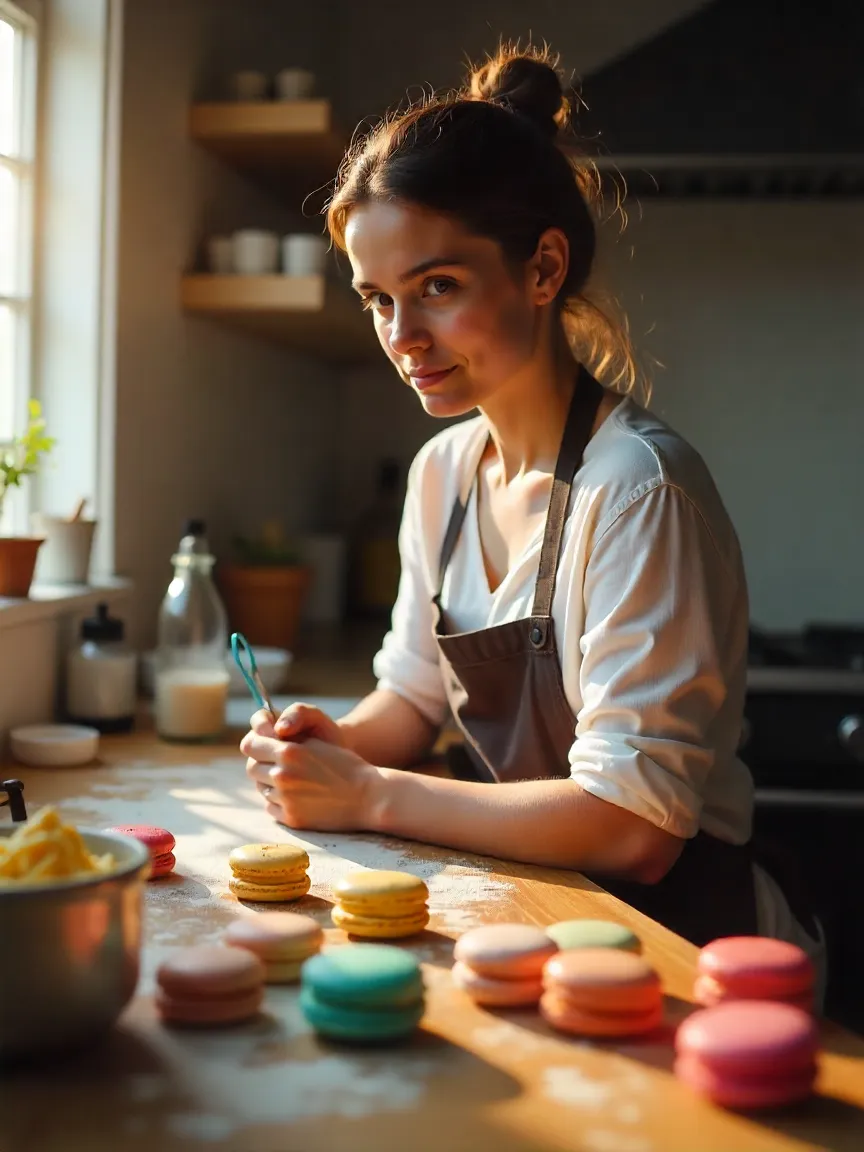
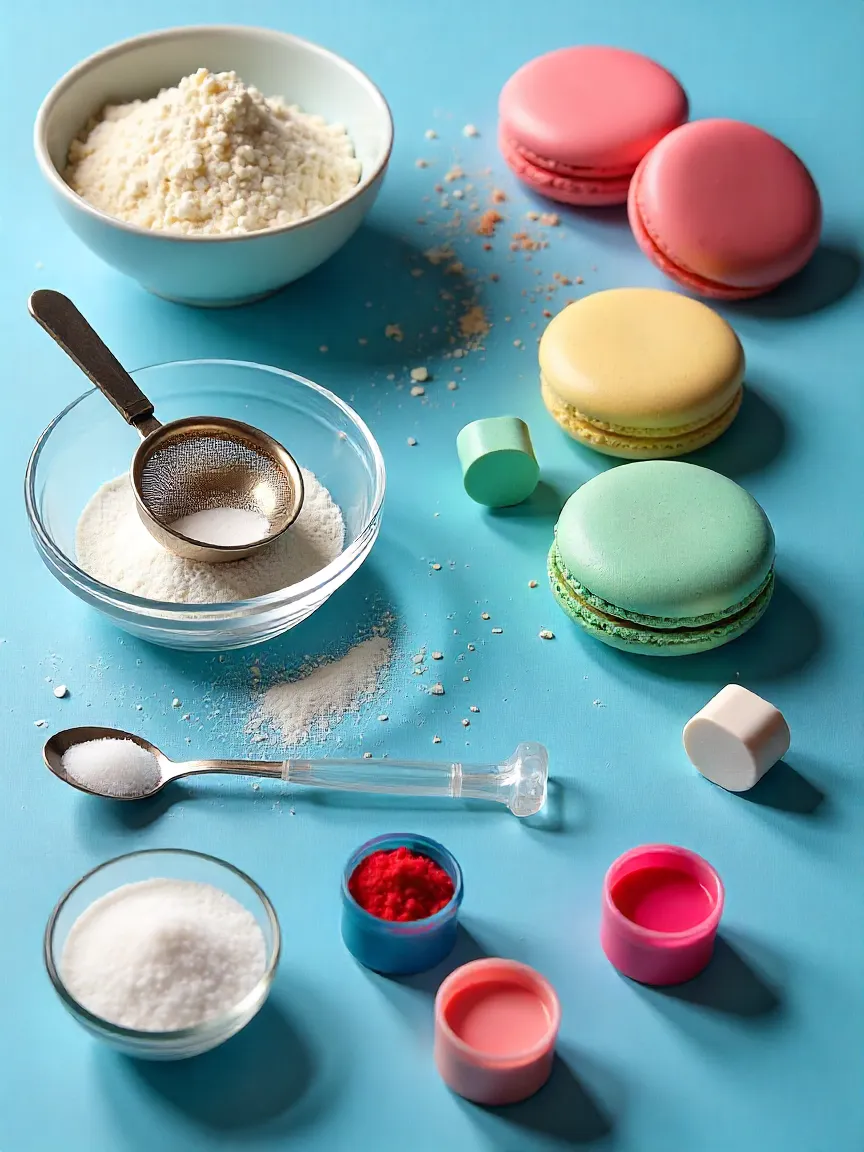
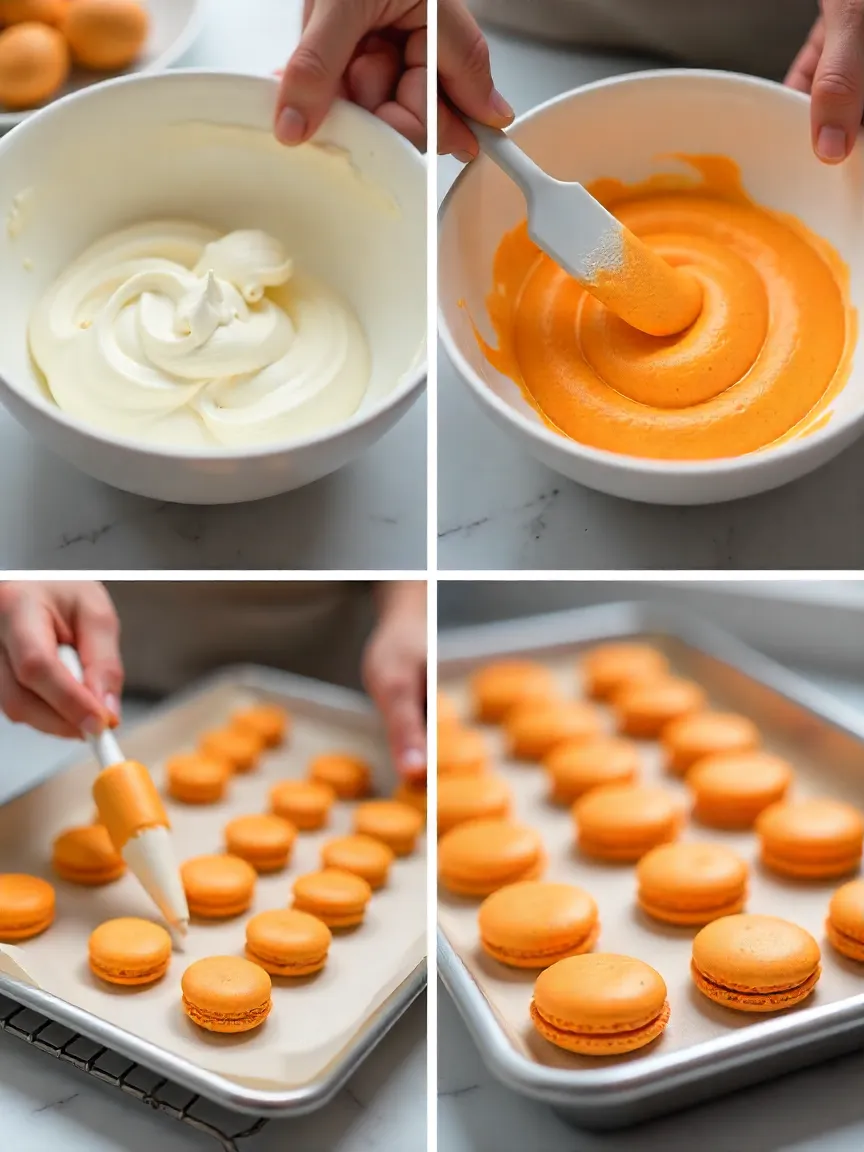
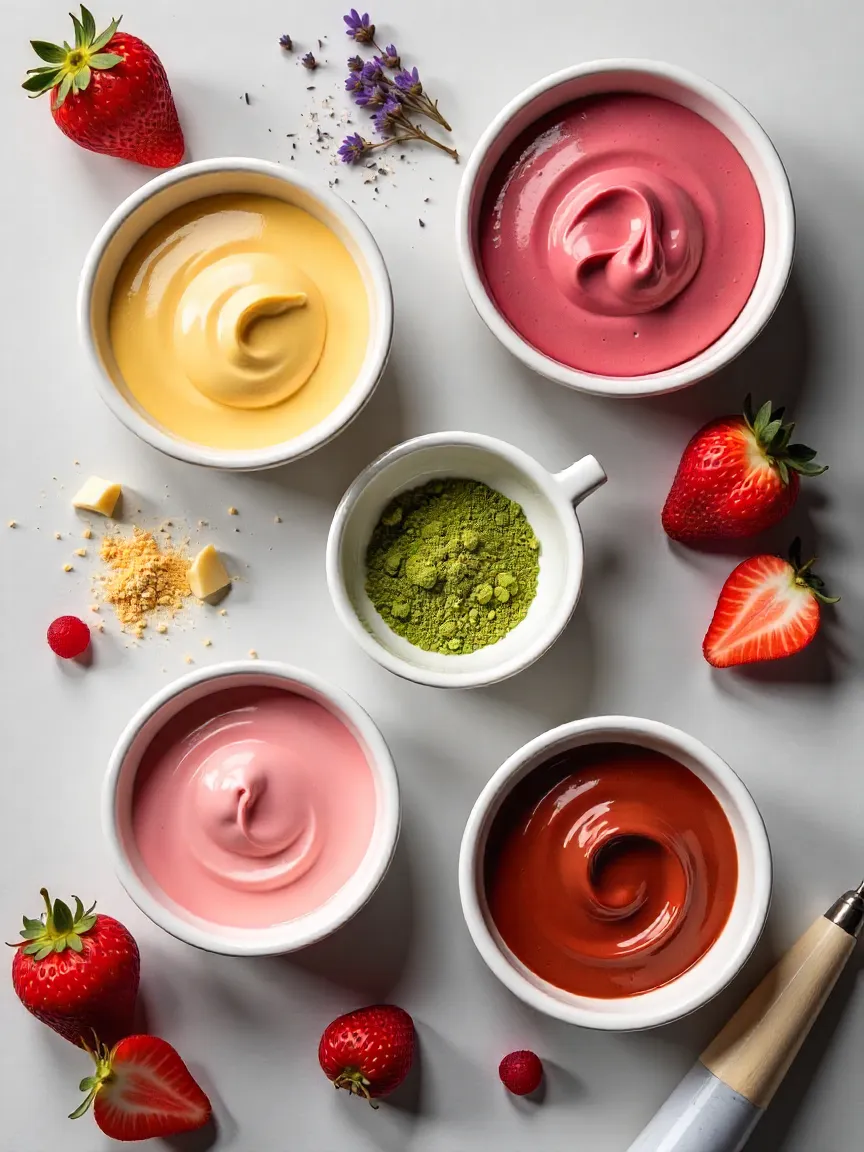
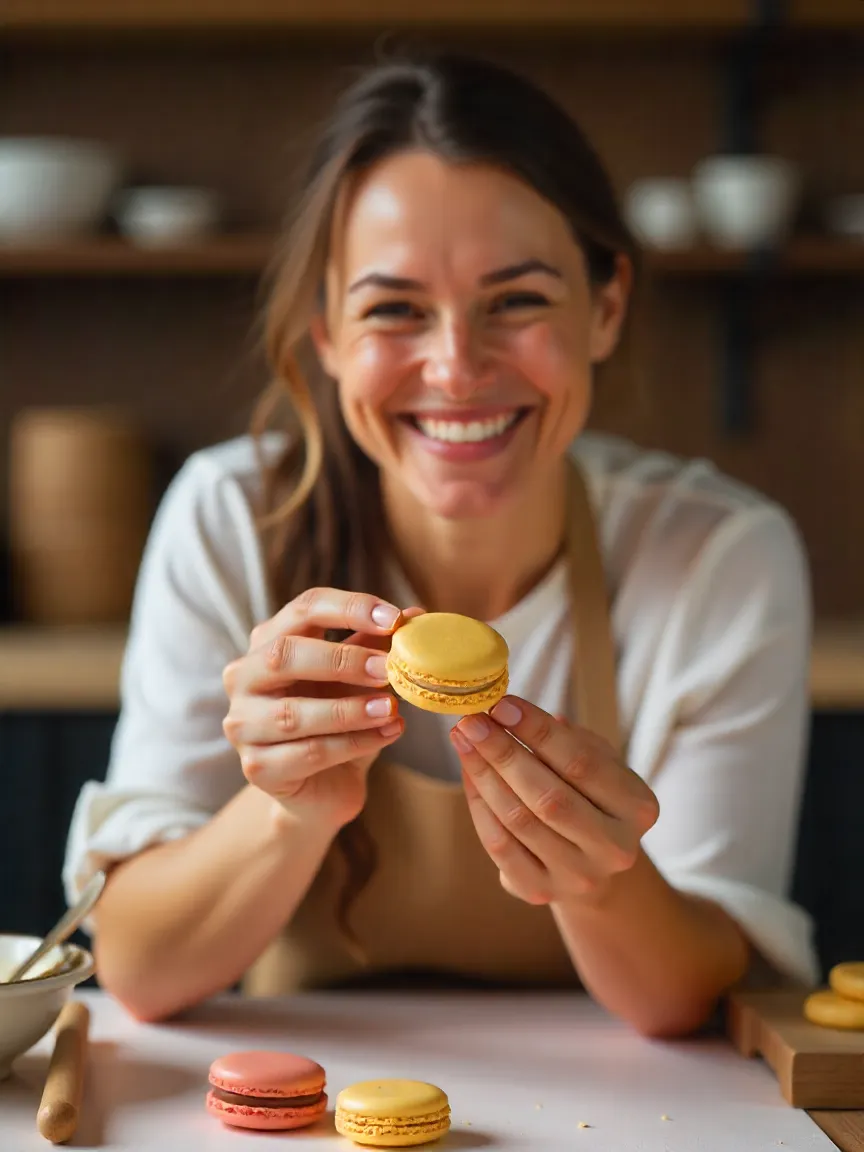

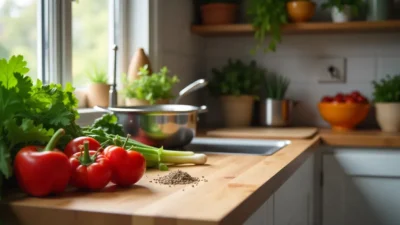
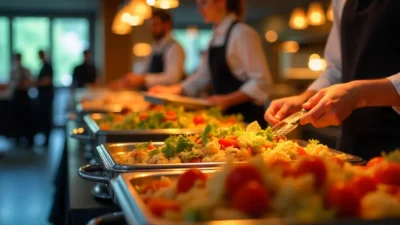
LOL, I feel this so hard! My first attempt looked like something a toddler threw at the wall. Seriously, flat, cracked, and stuck to the mat like glue. But you’re right, there’s something about that elusive perfection that keeps you coming back for more. I’m still not *great* at them, but I’ve learned to appreciate the process (and the occasional edible disaster!). Keep the macaron madness coming!